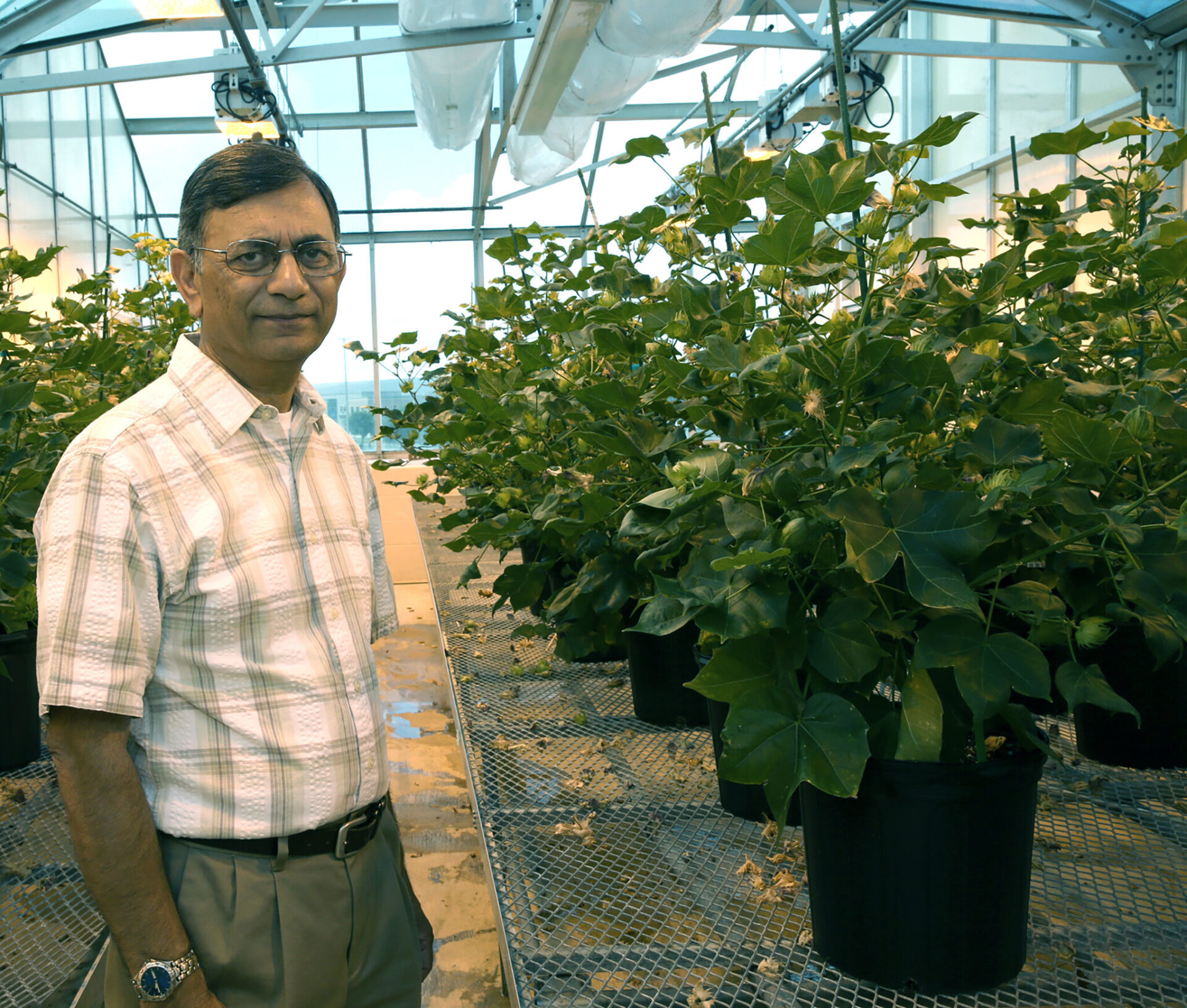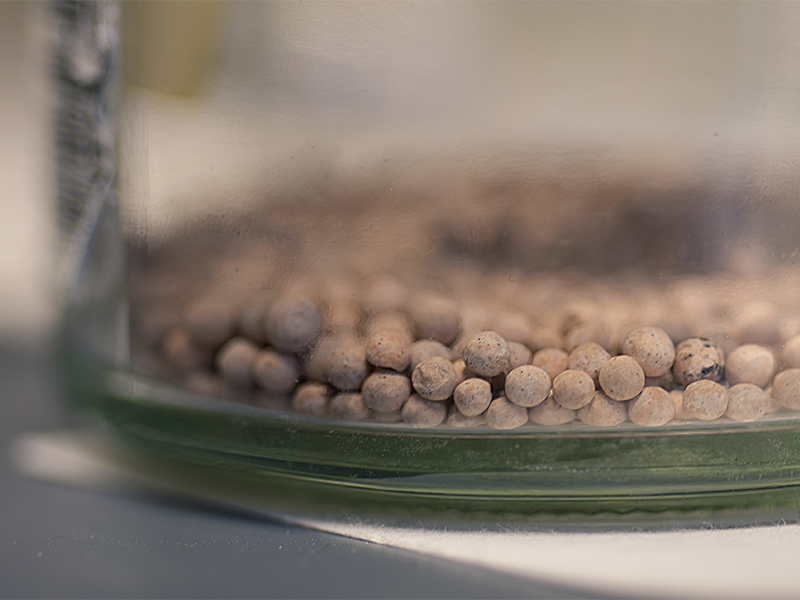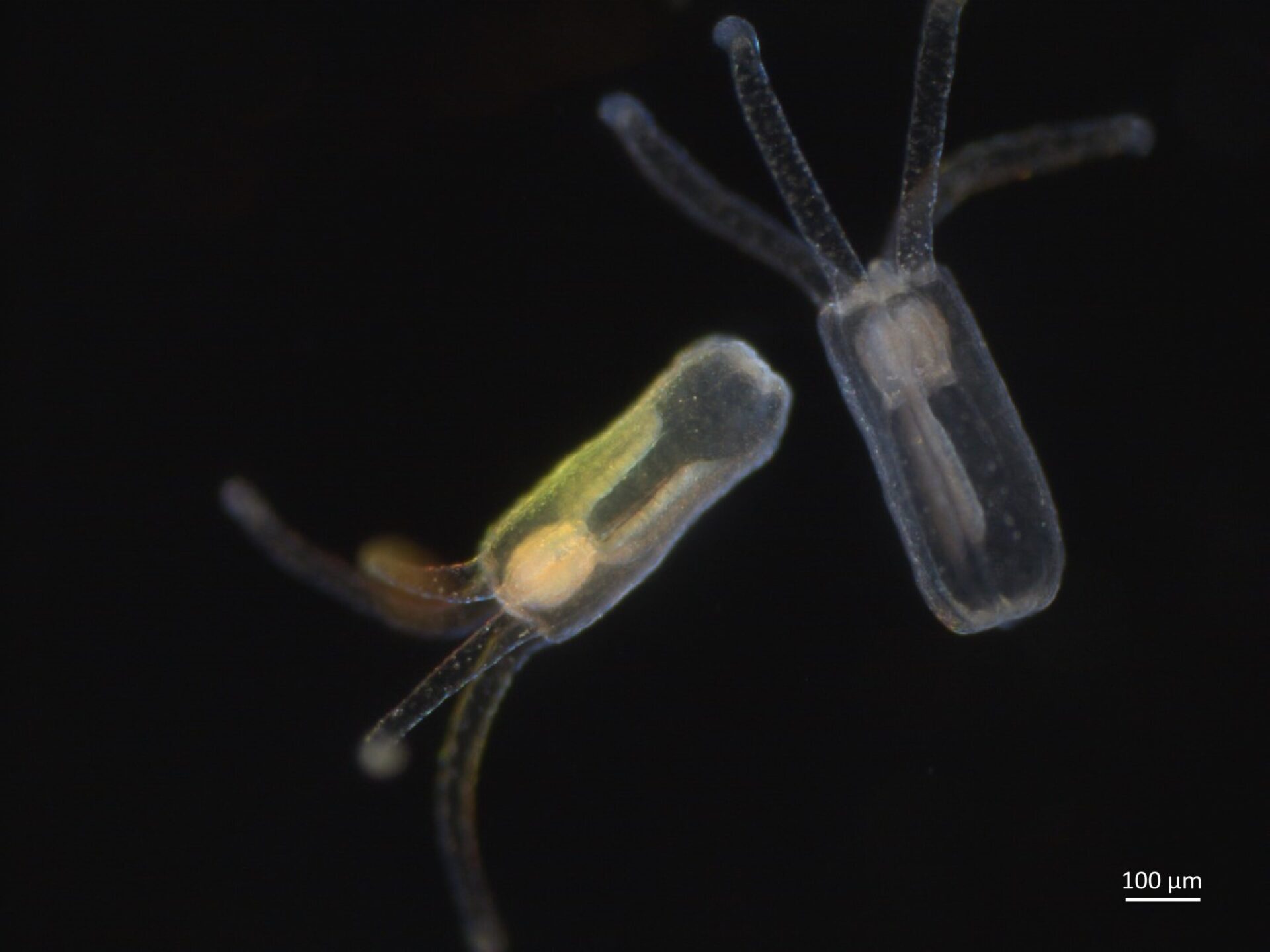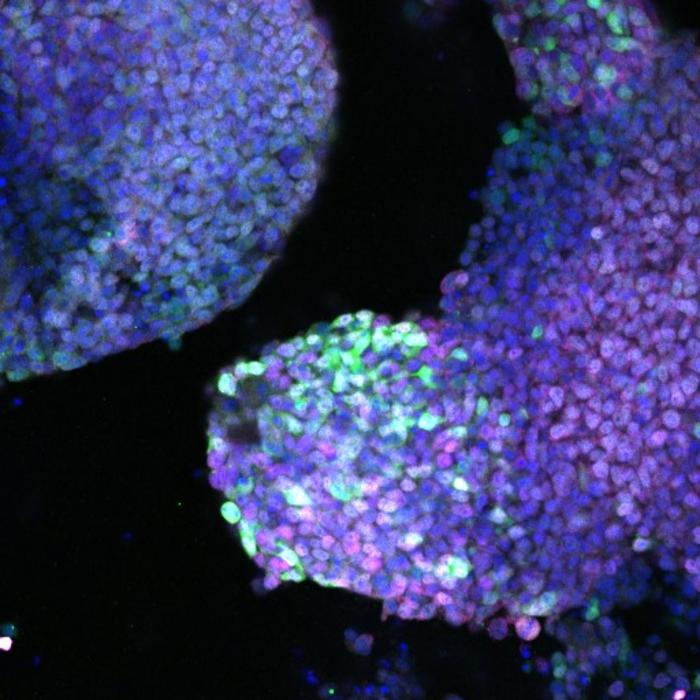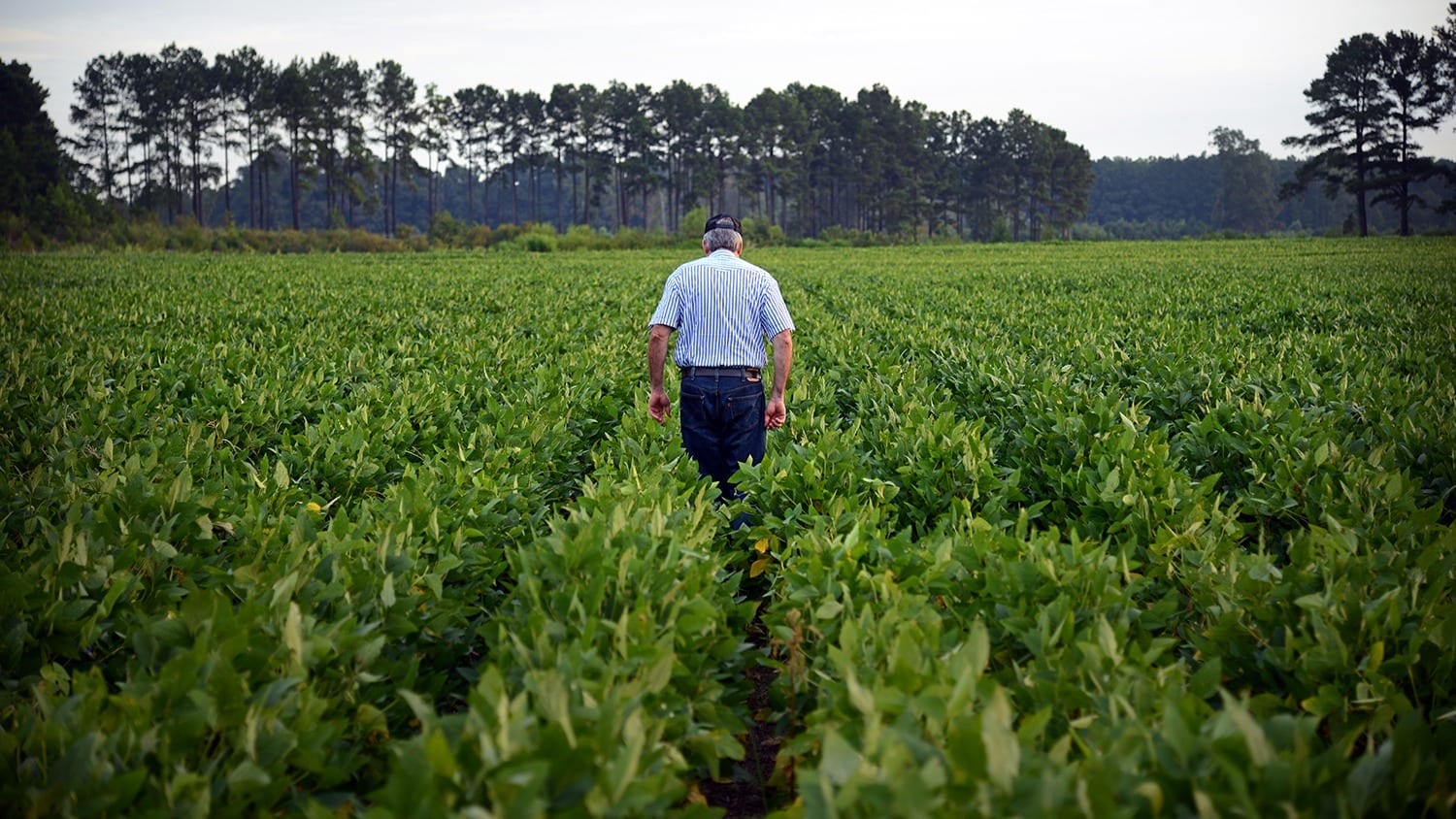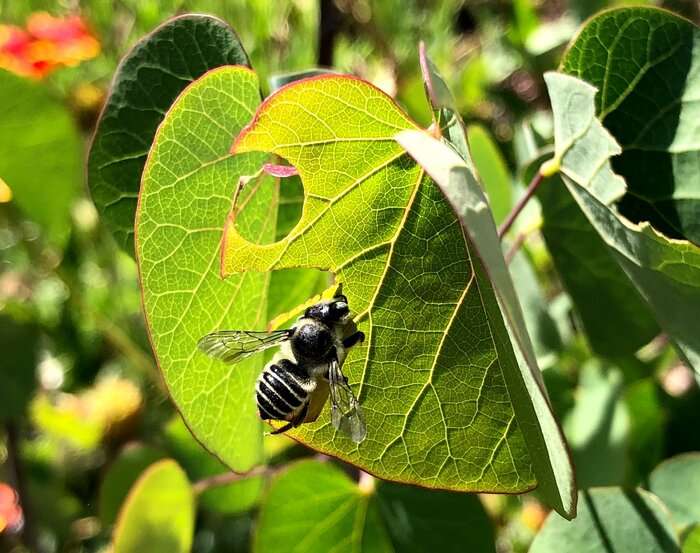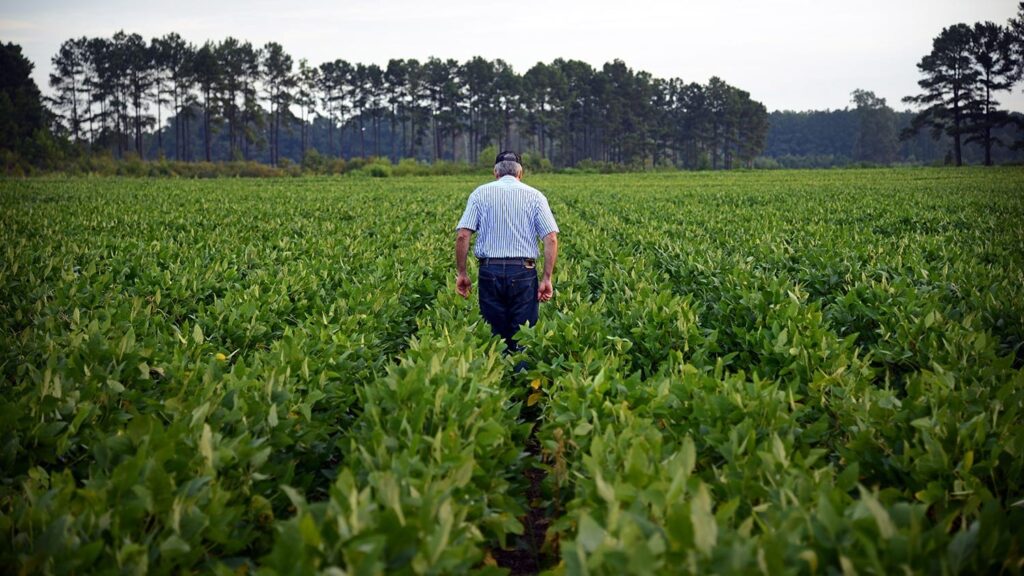
To slow the evolutionary progression of weeds and insect pests gaining resistance to herbicides and pesticides, policymakers should provide resources for large-scale, landscape-level studies of a number of promising but untested approaches for slowing pest evolution.
Such landscape studies are now more feasible because of new genomic and technological innovations that could be used to compare the efficacy of strategies for preventing weed and insect resistance.
That’s the takeaway recommendation from a North Carolina State University review paper addressing pesticide resistance published today in the journal Science.
Pesticide resistance exacts a tremendous toll on the U.S. agricultural sector, costing some $10 billion yearly. Costs could also increasingly accrue on human lives. If insecticide-coated bed nets and complementary insecticide spraying failed to slow the transmission of malaria by pesticide-resistant mosquitoes, for example, the human health costs in places like Africa could be catastrophic.
“What is the impact on people if these herbicides and pesticides run out?” said Fred Gould, William Neal Reynolds Professor of Agriculture at NC State and the corresponding author of the paper. “Resistance to pesticides is rising in critical weed and insect species, threatening our ability to harness these pests. Weed species have evolved resistance to every class of herbicide in use, and more than 550 arthropods have resistance to at least one pesticide.”
Consider glyphosate, the powerhouse weed killer used ubiquitously in the United States to protect major crops like corn and soybeans. A bit more than 20 years ago, crops were genetically engineered to withstand glyphosate, allowing them to survive exposure to the chemical while weeds perished. By 2014, some 90 percent of planted U.S. corn, soybean and cotton crops were genetically modified to withstand glyphosate. Unfortunately, as the evolutionary arms race progresses, many weeds have figured out how to evolve resistance to glyphosate, making the chemical increasingly ineffective and forcing farmers to look for other or new solutions.
Some of these “new” solutions are actually old, as the herbicides 2,4-D and Dicamba, developed in the 1940s and 1960s, respectively, are currently getting a second look as possible widespread weed weapons.
“We’re working down the list of available tools to fight weeds and insect pests,” said Zachary Brown, assistant professor of agricultural and resource economics at NC State and a co-author of the paper. “It hasn’t been economically feasible to develop new herbicides to replace glyphosate, for example, so what’s old is becoming new again. But the current incentives don’t seem to be right for getting us off this treadmill.”
Besides ecology and economics, the authors stress that sociological and political perspectives also set up roadblocks to solving the problems of pest resistance. Cultural practices by farmers – whether they till their land or not, how they use so-called refuges in combination with genetically modified crop areas and even how often they rotate their crops – all play a big role in pest resistance.
“Any proposed solutions also need to include perspectives from the individual farmer, community and national levels,” said Jennifer Kuzma, Goodnight-NC GSK Foundation Distinguished Professor and co-author of the paper.
The authors propose large-scale studies that would test the efficacy of a particular pesticide resistance strategy in one large area – thousands of acres or more – and how weeds and crop yields compare to large “control” areas that don’t utilize that particular strategy. Farmers would receive incentives to participate; perhaps subsidies already allocated to farmers could be shifted to provide these participatory incentives, the authors suggest.
“In the end, are we going to outrun the pests or are they going to outrun us?” Gould said.
Learn more: What Happens If We Run Out? Pesticide Resistance Needs Attention, Large-Scale Study
The Latest on: Pesticide and herbicide resistance
[google_news title=”” keyword=”pesticide and herbicide resistance” num_posts=”10″ blurb_length=”0″ show_thumb=”left”]
via Google News
The Latest on: Pesticide and herbicide resistance
- Parents and guardians encouraged to properly store hazardous household chemicalson April 27, 2024 at 11:01 pm
To prevent food poisoning and other related health hazards, individuals are encouraged to store household chemicals in appropriate storage and keep them out of children's reach.
- Cotton industry releases latest environmental assessmenton April 25, 2024 at 8:38 pm
Australia's cotton industry has adopted all 16 recommendations, including greater transparency for myBMP, from an independent assessment. ..Read More ...
- Women weave a culture of resistance and agroecology in Ecuador’s Intag Valleyon April 25, 2024 at 1:06 pm
In Ecuador’s lush tropical Andes, Silvia Vetancourt multitasks, her hands maneuvering crochet needles with swift precision as she navigates the rocky path to the old town of Plaza Gutierrez. “We like ...
- Cases of poisoning on the rise – CoEon April 24, 2024 at 9:00 pm
Several poisoning cases involving children can be traced back to exposure or contact with chemicals commonly found in households.
- This Earth Day, Common Ground Urges us to Rethink Our Relationship With Soilon April 22, 2024 at 11:32 am
Regenerative agriculture” is an umbrella term encompassing the practice of growing food while restoring soil health. It includes a myriad of Indigenous and contemporary farming practices, and they all ...
- ‘Ban them until we know they’re safe’: Dutch flower growers urged to stop using pesticideson April 20, 2024 at 7:18 am
Experts have also raised the alarm, in the wake of courtroom victories against pesticide use in the US and state compensation for winegrowers in France who contracted Parkinson’s disease after using ...
- Opinion: Poisonous ‘forever’ chemicals are likely in the Great Salt Lake. They should be banned.on April 19, 2024 at 5:05 am
PFAS in all its forms is poison and should be banned, removed from drinking water and added to the long list of reasons to save Great Salt Lake,” writes Brian Moench.
- Drought preparedness through soil and crop managementon April 18, 2024 at 4:31 pm
As spring approaches, the agricultural community is becoming increasingly concerned about potential forecasts of drought across the southern Prairies. And ...
- Florida fueled the first Earth Day; now we need another oneon April 18, 2024 at 4:01 am
Earth Day is coming up next Monday, which will probably elicit a fervent “meh” from a lot of people. These days, Earth Day seems more like a marketing gimmick than a holiday, not unlike President’s ...
via Bing News

